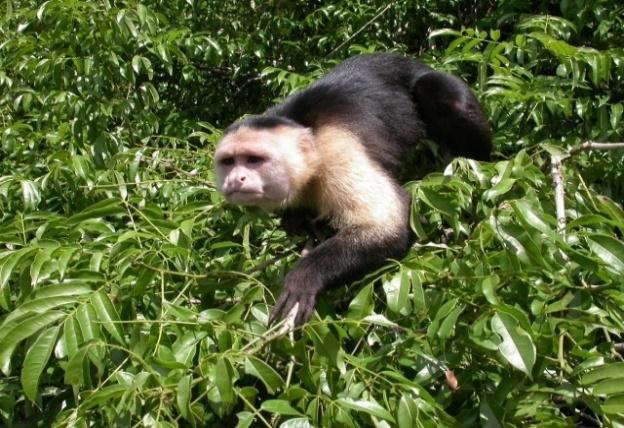Pedro Guillermo Mendez-Carvajal
Other projects
3 Sep 2014
Study and Conservation of Ateles fusciceps rufiventris at Chucanti Nature Reserve, Darien, Panama
28 Sep 2015
Actual Distribution and Conservation Status of the Ateles geoffroyi grisescens, Darien Province, Panama
2 May 2017
Population, Distribution and Conservation of Panamanian Primates, Republic of Panama
29 Apr 2019
Population Study and Monitoring of the Panamanian Spider Monkey, Ateles geoffroyi panamensis, Central Mountain Chain, Republic of Panama
The aim of the project is to calculate the total population of Primates in Coiba Island and Azuero Peninsula, increase the knowledge of the community about their primates and the Panamanian biologists interested in the study of Primates.

The Project is contributing with basic and important information of three of the less known Primates in Central America (distribution, population and conservation status), the endemic and Critically Endangered Azuero howler and Azuero spider monkeys as well the Vulnerable Coiba Island howler monkey (following IUCN red list).
The surveys done at the moment have calculated their actual population which enforces our fight of conservation for these animals in Panama. This is a long term project for Azuero Peninsula primates since 2001, but we would like to expand this dynamic to the Coiba Island this year. Our crew inform forest rangers of the Environmental Authority of Panama and biologist volunteers to keep collecting data in their original area; the data is used to analyze ecological issues related with those animals and their surrounded fauna.
This project is also informing and educating the local people about friendly techniques to conserve their environment, including the use of the living fences, which is an old farm technique that helps the primates in deforested areas to keep connected with gallery forest and reserves. In resume, the contributions of our project is at scientific and community level. The volunteers that we are training are biologist from the University of Panama and some of them will be our future Primatologists.
This project is also trying to add younger scientist to our crew to implement better techniques, criteria and increase the study of Primatology in Panama.